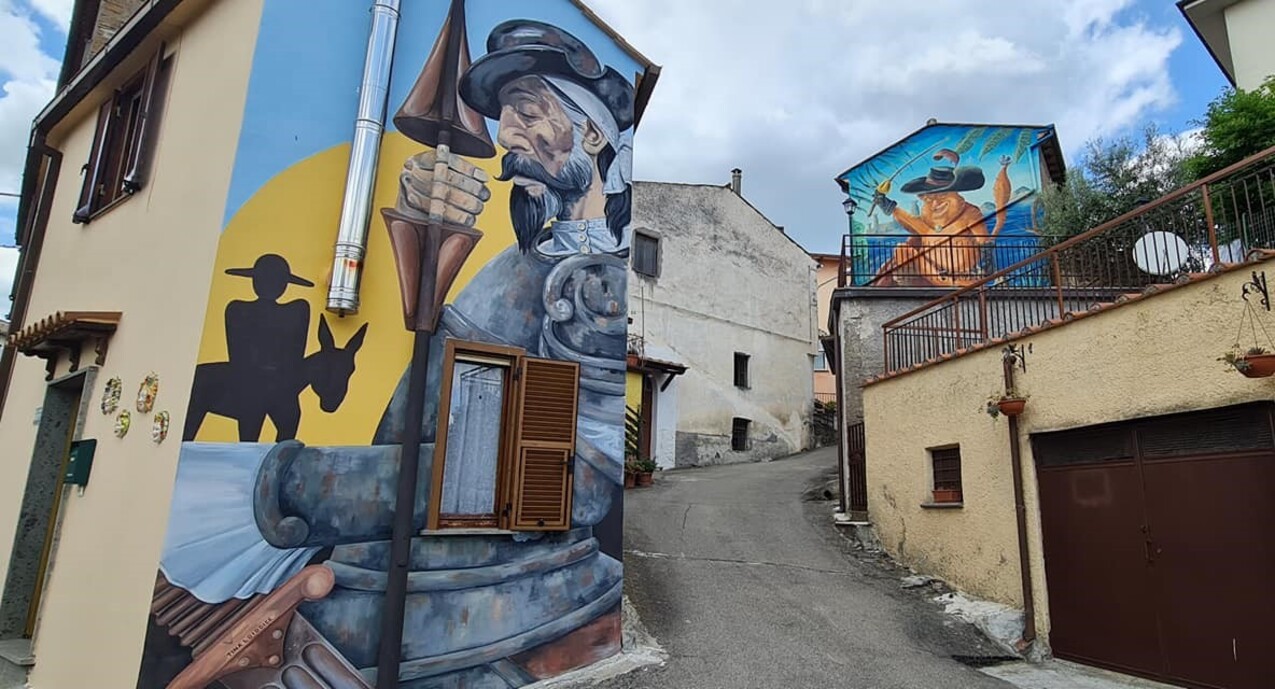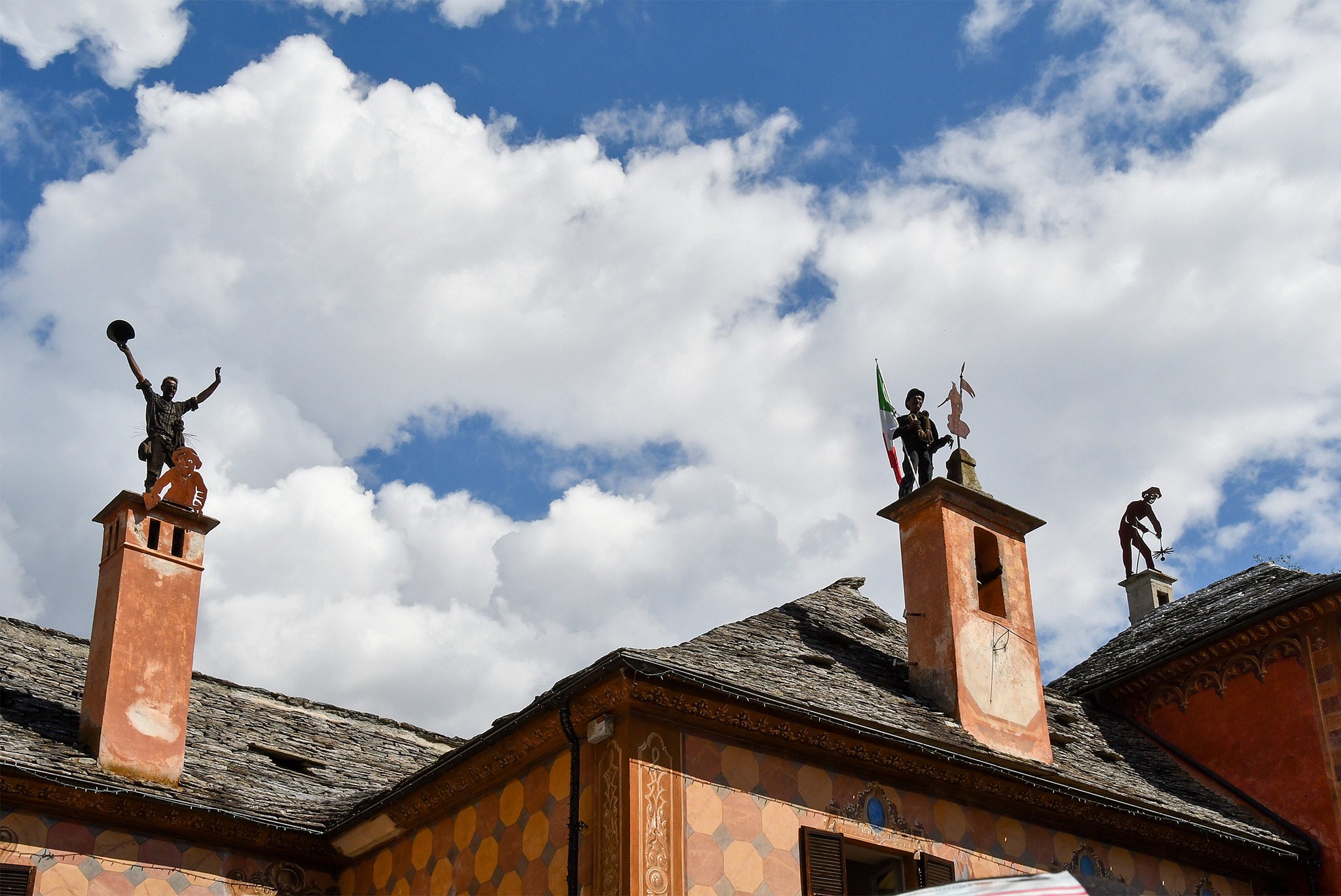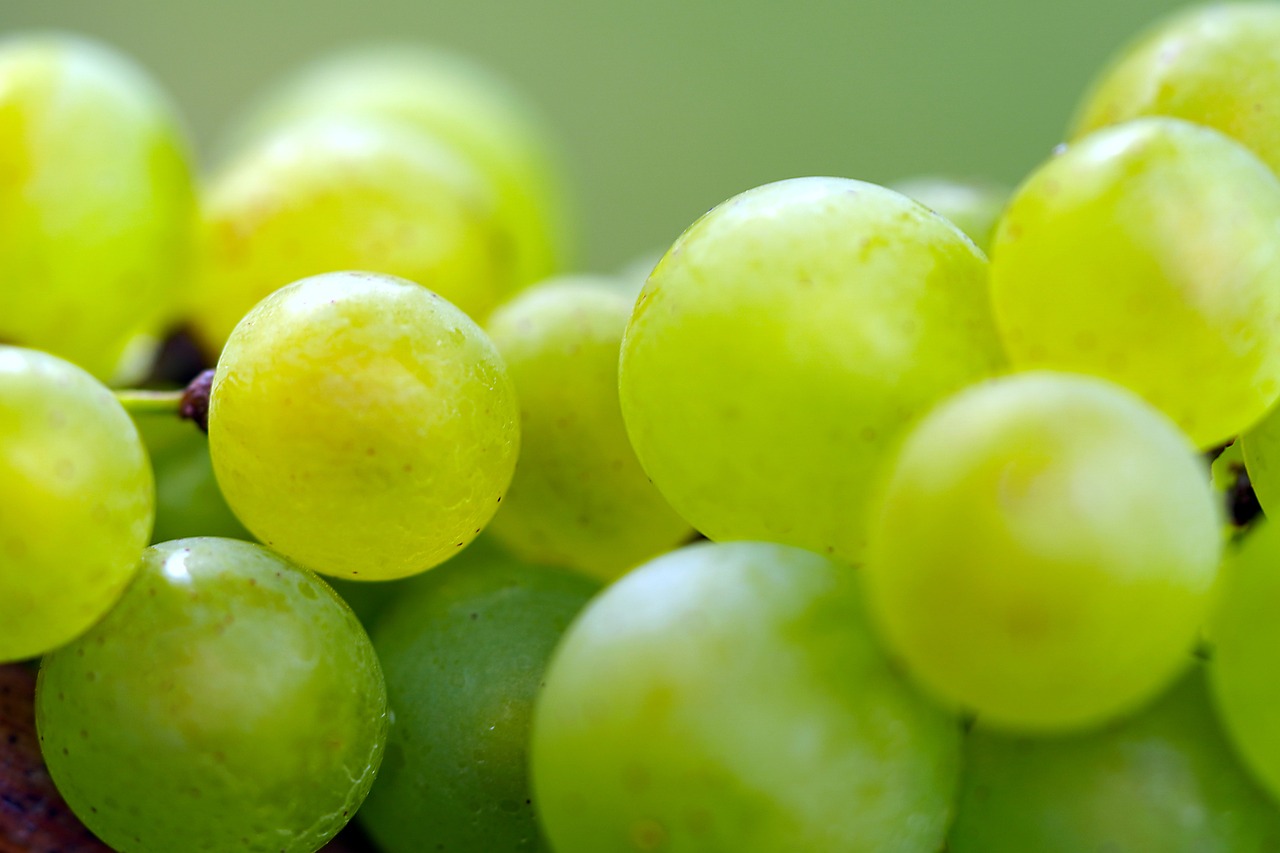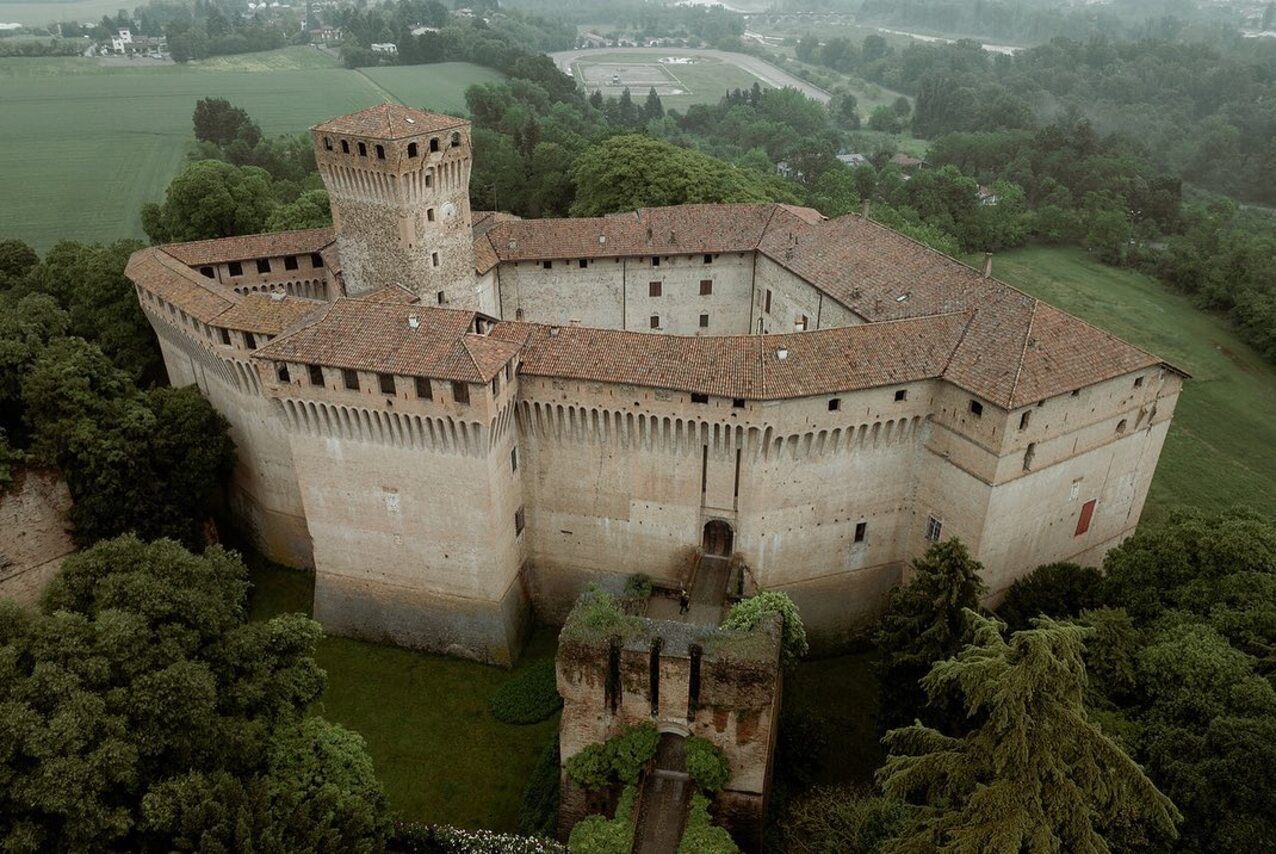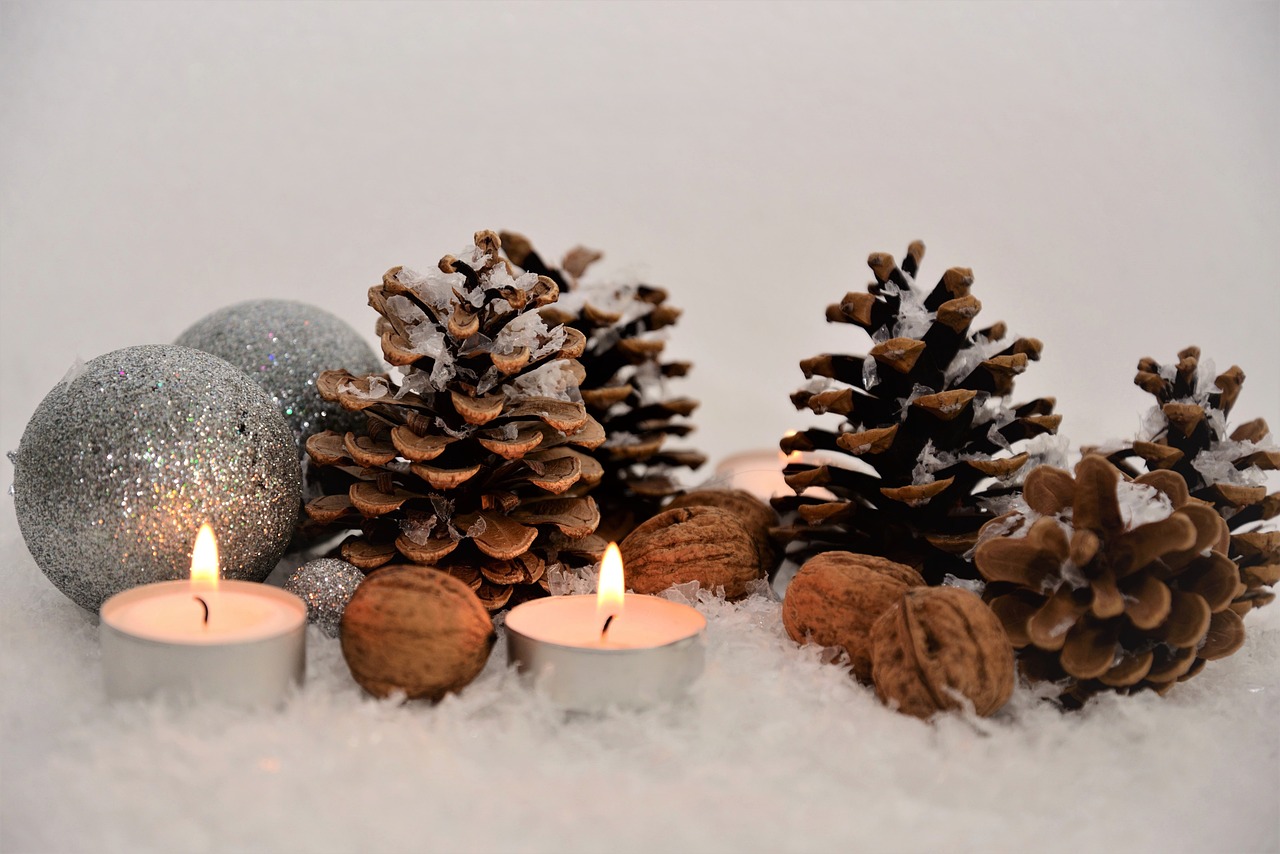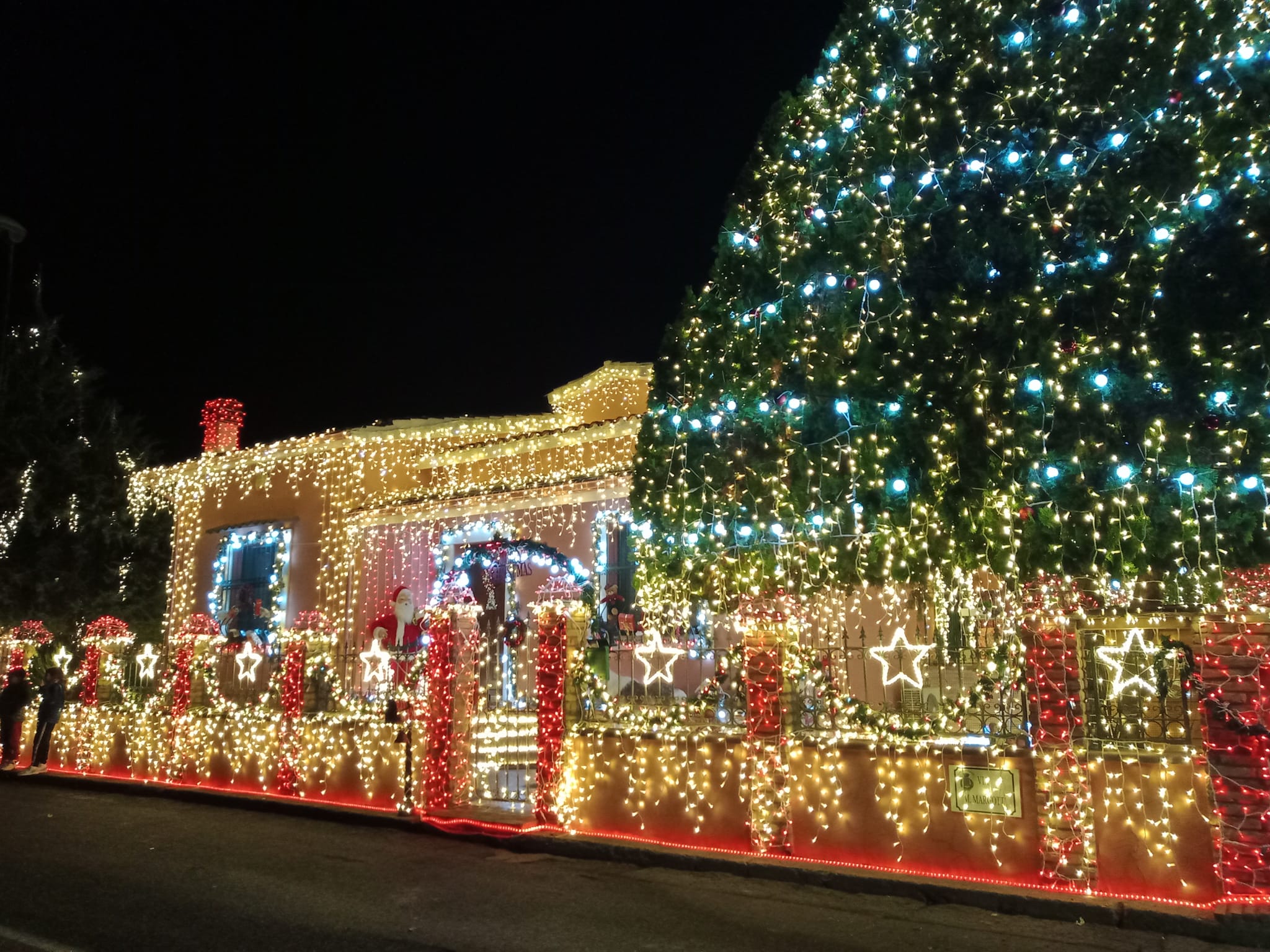We have all learned about bergamot, the Calabrian green gold. The “Lord’s pear tree”, translation of the Turkish name beg armudi, is a citrus fruit with a thousand virtues that grows in the south of Calabria, in the province of Reggio. But not everyone, perhaps, knew that it was one of the main ingredients of the Eau de Cologne.
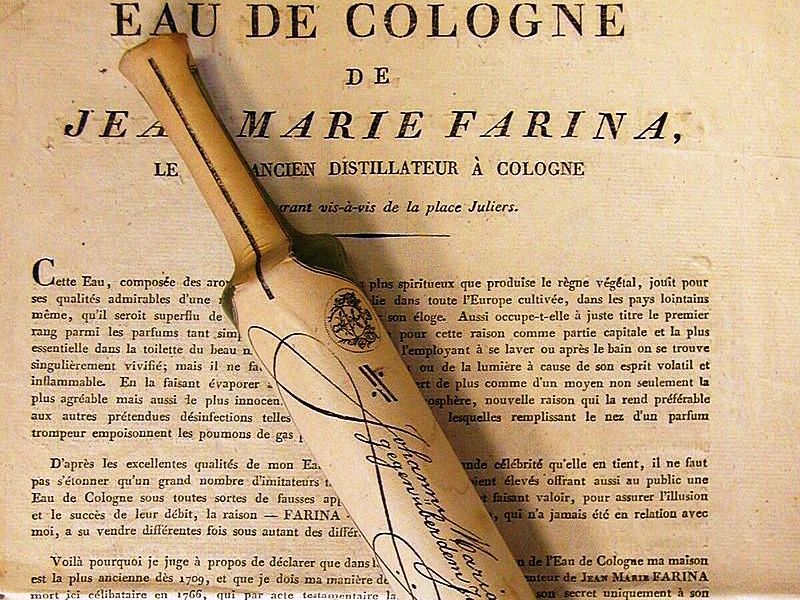
Eau de Cologne: an Italian invention
Yes. The beneficial properties of bergamot have been known since the 18th century. Since then his essential oil was used as the base of the most famous perfumed water in the world. The birth of the Eau the Cologne, from the name of the German city where it was created, is due, it is not surprising, to Italians. The inventor, Giovanni Paolo Feminis, left the Val Vigezzo to move to Germany where, in 1695, he opened a herbalist distillery. There he began producing and selling the Aqua Mirabilis. It was a scented water, with analgesic, digestive and antiseptic properties.
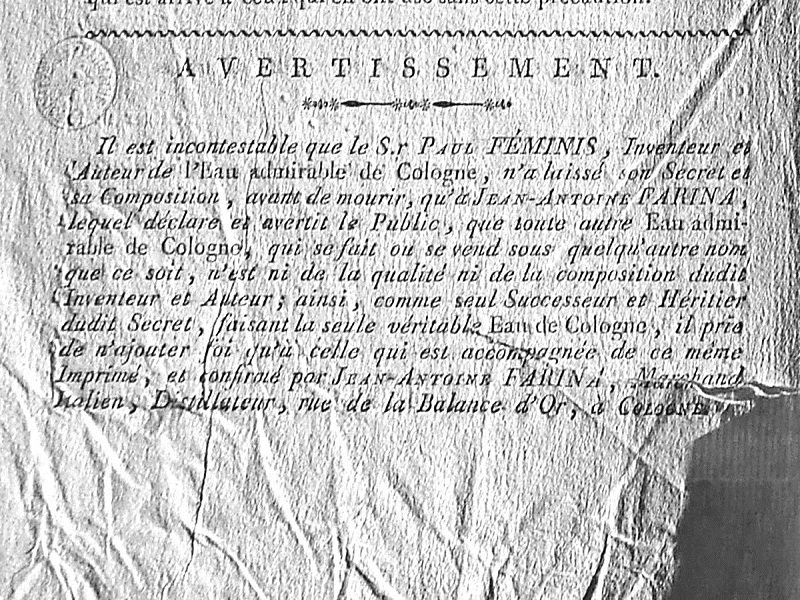
After his death the recipe passed into the hands of the student Giovanni Antonio Farina who modified the formula, embellished and refined it, creating a body water based on Calabrian bergamot. Until then, the Eau de Cologne was flavored with musk, incense and roses. Strong fragrances that mixed with the bad smell of the skin they intended to cover generated an unpleasant scent. Instead, with the fresh aroma of bergamot, combined at times with notes of rosemary, lavender or other citrus fruits, a delicate and perfumed water ensued.
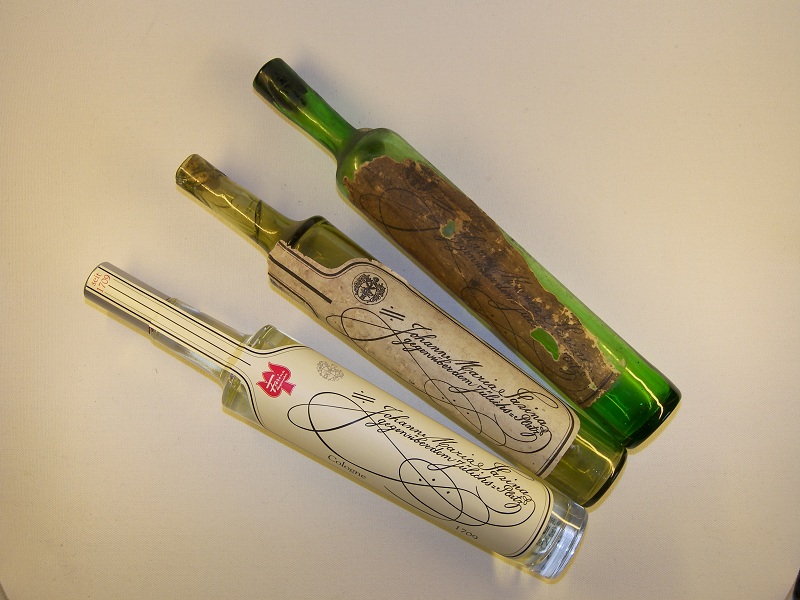
An immediate success for Eau de Cologne…
It soon became a success. Within a few decades, about forty Farina companies opened up all over Europe. And it opened its doors, thanks to Johann Maria Farina, the first perfume factory in the world, today the home of the Perfume Museum. This water with rectified potato alcohol, bergamot and other aromas, that rests from 6 months to a year, made European high society go mad. Goethe and Voltaire were among the main admirers. Queen Victoria of England had supplies delivered to the court. While Napoleon ordered over 600 bottles a year. He did not renounce the Eau de Cologne even in battle: it is said that he had a small bottle made for him, to be carried in a boot, so that he always had it with him.
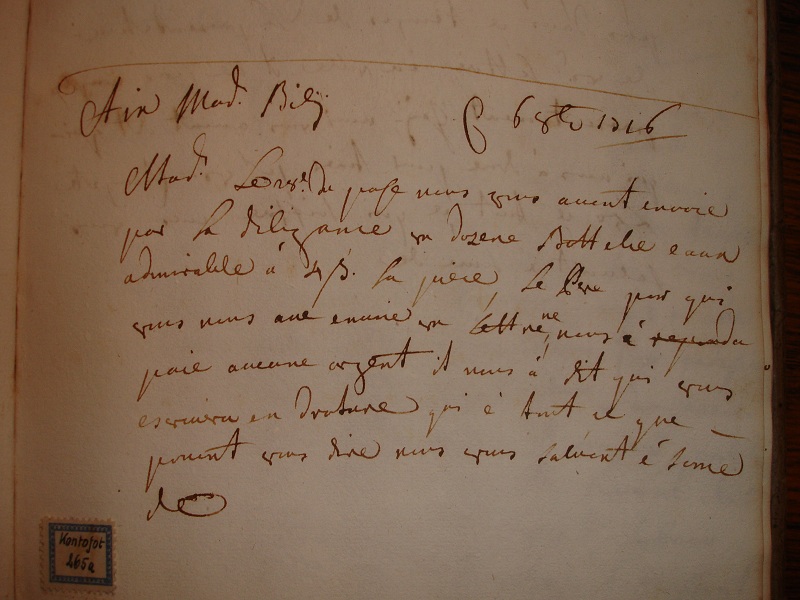
…that still continues today
In 1862 the Maison Jean-Marie Farine was acquired by Armand Roger and Charles Gallet who registered the Eau de Cologne brand Jean-Marie Farina Extra Vieille in 1907. The new Maison, together with the seventh generation of the Farina family, continues to produce this solution oils diluted in ethanol with the essential base of bergamot. The “La Classica” Eau de Cologne from Feminis-Farina continues to be produced. Just as one of the oldest fragrances in the world is still produced. We are talking about the Original Eau de Cologne No. 4711 created in 1792 by Wilhelm Mülhens starting from the “secret” formula of Feminis’s Aqua Mirabilis.
Bergamot, the green gold of Calabria
Source of vitamins A, B and C, bergamot lowers blood glucose and bad cholesterol levels. It is therefore useful for preventing strokes and heart attacks. Also used as an analgesic and antipyretic. It has excellent toning and strengthening properties, as well as antiseptic, antibacterial and purifying.
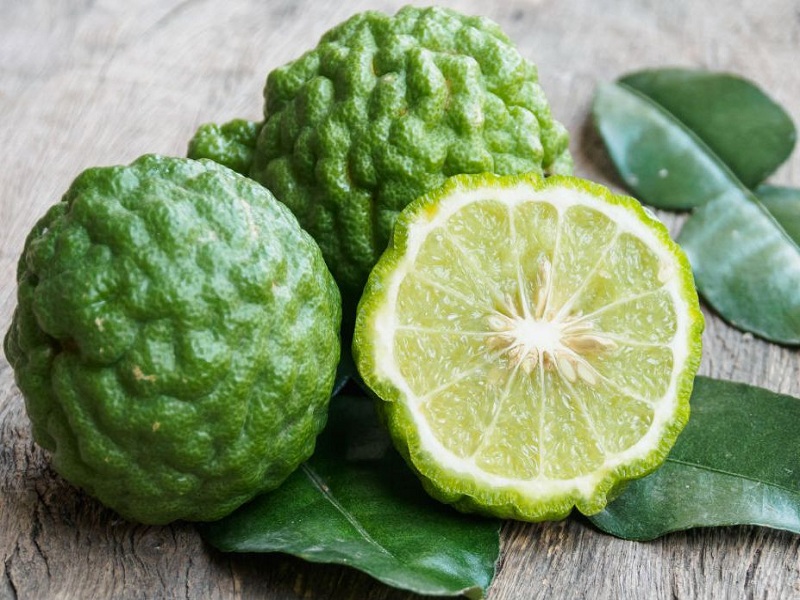
The essential oil that constitutes it, rich in terpenes and bergapteni, is also antidepressant and relaxing. It has balsamic effects on the respiratory tract and can be a natural remedy for halitosis. It is excellent for footbaths and hand baths, as a healing and for anti-cellulite massages and t is a 100% versatile product. The small citrus fruit can be eaten and its juice can be drunk. It can be used to embellish dishes and recipes. And it is becoming increasingly present in cosmetics: it is used as a base or a flavoring for creams, shampoos, shower gel and perfumes. So much so that thanks to bergamot, Dior won the prize for best men’s fragrance of the year.

